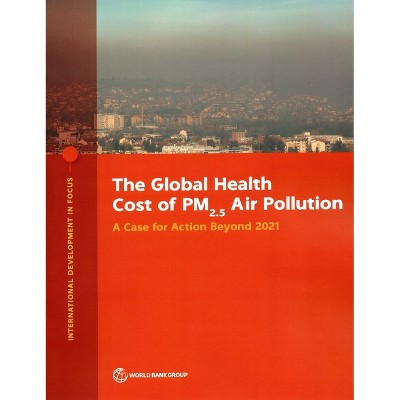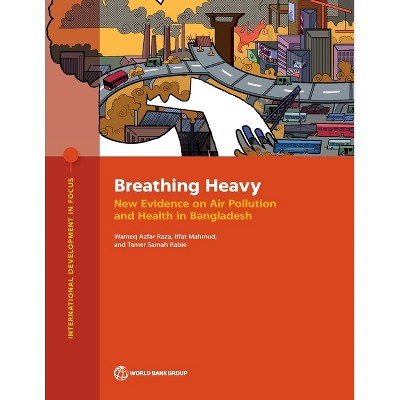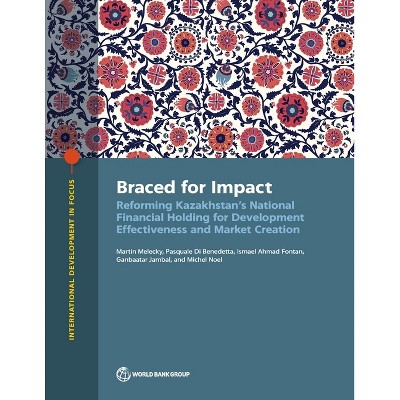Sponsored

Boosting Productivity in Kazakhstan with Micro-Level Tools - (International Development in Focus) by Mariana Iootty & Asset Bizhan & Paulo Correa
In Stock
Sponsored
About this item
Highlights
- Like many other countries, Kazakhstan's economic growth has slowed since the 2007-09 global financial crisis.
- About the Author: The World Bank came into formal existence in 1945 following the international ratification of the Bretton Woods agreements.
- 82 Pages
- Business + Money Management, Economics
- Series Name: International Development in Focus
Description
About the Book
This report examines the causes of low productivity growth in Kazakhstan by combining an analysis of firm-level data and multiple policy drivers. It is the first work to analyze the micro-foundations of the total factor productivity in Kazakhstan and elaborating specific recommendations for boosting aggregate productivity growth.
Book Synopsis
Like many other countries, Kazakhstan's economic growth has slowed since the 2007-09 global financial crisis. Although the slowdown reflected weaknesses in expanding labor and capital, the most striking reduction has been in productivity growth. In more recent years, total factor productivity growth has started to bounce back, albeit at a modest pace, possibly driven by the recovery in commodity prices. Although slower expansion in productivity has been a global phenomenon, Kazakhstan's subdued productivity performance for a decade reflects more structural problems. Against this backdrop, Boosting Productivity in Kazakhstan with Micro-Level Tools: Analysis and Policy Lessons examines barriers and policy gaps that hinder productivity growth in Kazakhstan. The detailed analysis is uniquely based on first-time access to administrative firm-level data; the data for the period of 2009-18 covered 70,000 business establishments annually, corresponding to total employment of 1.6 million people. The unprecedented access to firm-level data deepened the understanding of the microeconomic dynamics and drivers of aggregate productivity growth and enabled identification of a wide-ranging set of policy recommendations to boost aggregate productivity growth.About the Author
The World Bank came into formal existence in 1945 following the international ratification of the Bretton Woods agreements. It is a vital source of financial and technical assistance to developing countries around the world. The organization's activities are focused on education, health, agriculture and rural development, environmental protection, establishing and enforcing regulations, infrastructure development, governance and legal institutions development. The World Bank is made up of two unique development institutions owned by its 185 Member Countries. The International Bank for Reconstruction and Development (IBRD) focuses on middle income and creditworthy poor countries and the International Development Association (IDA), which focuses on the poorest countries in the world.

















